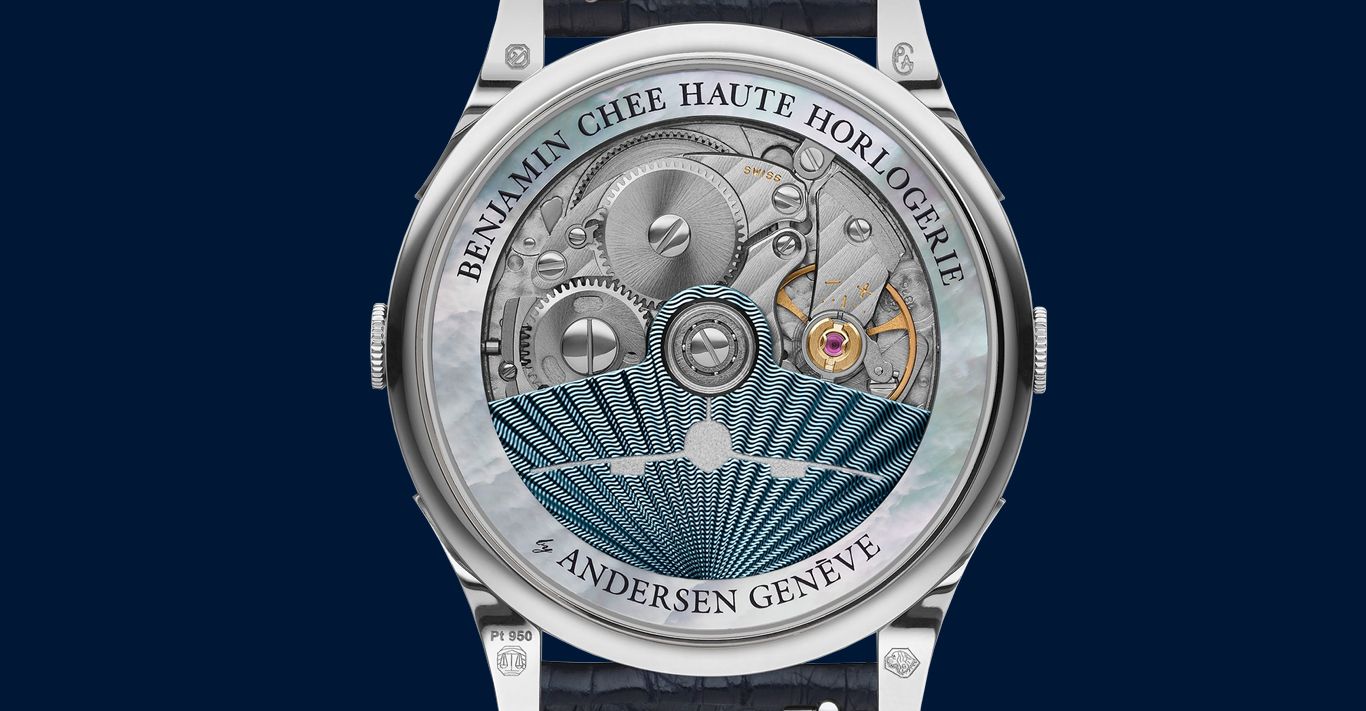WORDS
Laura McCreddie Doak
Say ‘Tudor’ and you’ll most likely conjure images of navy divers, men in chunky knits doing outdoorsy things, and David Beckham. You probably won’t picture any women. Since it relaunched itself on British shores back in 2014, Tudor has emphasised the tool-watch side of its identity, unveiling Black Bay and Pelagos pair-ups with US skin divers and America’s Cup tie-ins. However, Tudor has a history of providing women with watches as well, something the brand is now bringing to the fore with its new-season Black Bay models, complete with sunray dials and cases in female- friendly diameters.
For those scoffing, Tudor hasn’t retro-engineered this interest in women’s watches. They were launched alongside the men’s styles back in the 1930s, although initially they were more Art Deco jewellery pieces than daily wears. That all changed in the 1950s with the arrival of the Oyster Princess. Based on the Oyster Prince, it was a simple three-hander that was masculine for the time and, according to the ads, ‘for women who lead active lives’. The selling point was its ‘patented flexible “rotor” self-winding mechanism [that] never fails’. The adverts encouraged women to ‘drive with it on, hit the ball, hunt, shoot, bathe, even swim in it’, because it would never fail. It is precisely this suitability for everyday life that Tudor has brought to its new Black Bays.
Despite looking like a lift from the Tudor archives, the original Heritage Black Bay, which took the watch world by storm in 2012, was actually more considered than that. Its starting point was the first Tudor Submariner 7922, but the ‘snowflake’ hands were borrowed from the Submariner 7016 from 1969, and the large screw-down crown was first seen on a 1958 ‘Big Crown’ model. The hour markers in dots and rectangles weren’t seen until the 1950s and 1960s on Tudor Submariners, from which the Black Bay also got its domed dial and sapphire crystal.
In the decade since the launch of the first Heritage Black Bay, the collection has morphed to include different dial colours, bronze cases and GMT watches. And now it has unveiled a new iteration, in a range of sizes from 31mm to 36mm, which feels like the aesthetic heiress of the Oyster Princesses of the past.
This model is still a Black Bay but the design language has moved on from utilitarian tool to something more refined. The silhouette has been softened, the winding crown is curved rather than prominent, and light refracts off the polished bezel. The dial colours play on this new spirit of sophistication. There’s blue, anthracite and a lovely champagne, all with contrasting minute tracks and corresponding SuperLuminova – creamy Old Radium for the anthracite, white for both the blue and champagne. The snowflake hands remain and every model, regardless of size, is powered by one of Tudor’s manufacture calibres, all of which are assembled in the brand’s state-of-the-art new manufacture in Le Locle, Switzerland, where robots run the testing floor.
The new Black Bay’s stainless- steel bracelet comes with Tudor’s clever T-Fit clasp, which means you can adjust the bracelet over five positions of up to 8mm without needing tools. And if you want to opt for pretty rather than practical, you have the option of diamond indices.
This being a Tudor Black Bay, it is still a watch that can take whatever life throws at it, despite its more cultivated curves. There will always be purists who argue that a Black Bay shouldn’t look like this, but there are advertisements from the 1950s that say it’s precisely how a watch for active women should look. And you can’t argue with history, can you?
From £3,170; tudorwatch.com




